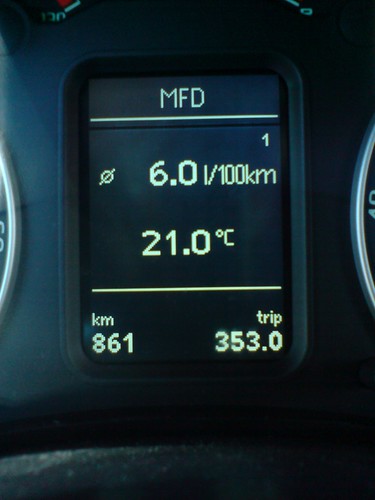(Source: USDOT, Infrastructurist; YouTube)
President Barack Obama, along with Vice President Biden and Secretary LaHood, announced a new U.S. push today to transform travel in America, creating high-speed rail lines from city to city, reducing dependence on cars and planes and spurring economic development.
The President released a strategic plan outlining his vision for high speed rail in America. The plan identifies $8 billion provided in the ARRA and $1 billion a year for five years requested in the federal budget as a down payment to jump-start a potential world-class passenger rail system and sets the direction of transportation policy for the future. The strategic plan will be followed by detailed guidance for state and local applicants. By late summer, the Federal Railroad Administration will begin awarding the first round of grants.
President Obama didn’t dance around the issues that American policticans usually bypass to avoid embarassment. In an impressively candid and blunt assessment, the President made a compelling argument for the need to invest in High-speed Rail. Pointing to how other economies around the world, with a specific reference to France, Pres. Obama reiterated the advantages of investing in HSR and how it can reviatlize the economy while offering a great alternative to our current transportation woes.
The Infrastructurist summaries this nicely: ” In fact, he (President Obama) doesn’t pull any punches in saying that rail is a *better* way to travel than car or plane. It’s “faster, easier, and cheaper than building more freeways.” And he conjures the appeal of travel from city center to city center without having to dash out to far-flung airports — “no sitting on the tarmac, no lost luggage, no taking off your shoes.” And: “High-speed rail is long-overdue, and this plan lets American travelers know that they are not doomed to a future of long lines at the airports or jammed cars on the highways.”
Additional funding for long-term planning and development is expected from legislation authorizing federal surface transportation programs.
The report formalizes the identification of ten high-speed rail corridors as potential recipients of federal funding. Those lines are: California, Pacific Northwest, South Central, Gulf Coast, Chicago Hub Network, Florida, Southeast, Keystone, Empire and Northern New England. Also, opportunities exist for the Northeast Corridor from Washington to Boston to compete for funds to improve the nation’s only existing high-speed rail service.
President Obama’s vision for high-speed rail mirrors that of President Eisenhower, the father of the Interstate highway system, which revolutionized the way Americans traveled. Now, high-speed rail has the potential to reduce U.S. dependence on foreign oil, lower harmful carbon emissions, foster new economic development and give travelers more choices when it comes to moving around the country.
“My high-speed rail proposal will lead to innovations that change the way we travel in America. We must start developing clean, energy-efficient transportation that will define our regions for centuries to come,” said President Obama. “A major new high-speed rail line will generate many thousands of construction jobs over several years, as well as permanent jobs for rail employees and increased economic activity in the destinations these trains serve. High-speed rail is long-overdue, and this plan lets American travelers know that they are not doomed to a future of long lines at the airports or jammed cars on the highways.”
“Today, we see clearly how Recovery Act funds and the Department of Transportation are building the platform for a brighter economic future – they’re creating jobs and making life better for communities everywhere,” said Vice President Biden. “Everyone knows railways are the best way to connect communities to each other, and as a daily rail commuter for over 35 years, this announcement is near and dear to my heart. Investing in a high-speed rail system will lower our dependence on foreign oil and the bill for a tank of gas; loosen the congestion suffocating our highways and skyways; and significantly reduce the damage we do to our planet.”
Ten major corridors are being identified for potential high-speed rail projects:

• California Corridor (Bay Area, Sacramento, Los Angeles, San Diego)
• Pacific Northwest Corridor (Eugene, Portland, Tacoma, Seattle, Vancouver BC)
• South Central Corridor (Tulsa, Oklahoma City, Dallas/Fort Worth, Austin, San Antonio, Little Rock)
• Gulf Coast Corridor (Houston, New Orleans, , Mobile, Birmingham, Atlanta)
• Chicago Hub Network (Chicago, Milwaukee, Twin Cities, St. Louis, Kansas City, Detroit, Toledo, Cleveland, Columbus, Cincinnati, Indianapolis, Louisville,)
• Florida Corridor( (Orlando, Tampa, Miami)
• Southeast Corridor ((Washington, Richmond, Raleigh, Charlotte, Atlanta, Macon, Columbia, , Savannah, Jacksonville)
• Keystone Corridor ((Philadelphia, Harrisburg, Pittsburgh)
• Empire Corridor ((New York City, Albany, Buffalo)
• Northern New England Corridor ((Boston, Montreal, Portland, Springfield, New Haven, Albany)










